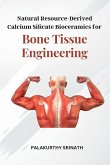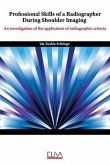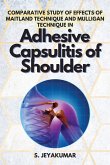The finite element modelling (FEM) is a powerful instrument to study articular and tissue mechanics, as it allows variables to be manipulated and situations simulated which are difficult or impossible to evaluate clinically or experimentally. The accuracy of FE models depends on well-defined anatomy, material properties and limits. Due to the significant inter-tissue structural variability in morphology, analysis of individual and insights tends to involve a subject- specific FE modelling. Modelling efforts in in vivo were limited by difficulties in data acquisition and multimodal data analysis, including proper registration and integration of data, in finite element model construction or validation. Recent, several techniques have increased the potential to incorporate accurate tissue boundaries and morphology for image reconstruction based on subject specific finite element analysis. Hence, the proposed system uses image segmentation with 3D FEM uses the concept of image segmentation of medical images. The proposed system uses canny edge detection or improved canny edge detection for the segmentation of medical images. The canny edge method extracts the edge information of MR images of knee cartilage by incorporating a vector image model. The study also uses certain noise removal models at its pre-processing stage to remove the presence of Rician noise in MRI. Finally, the obtained segmented edges is sent as input to the 3D conversion in Ansys. The ground truth information is collected from the skilled doctors, who are experts in knee.








